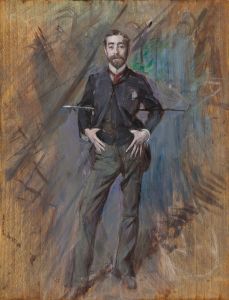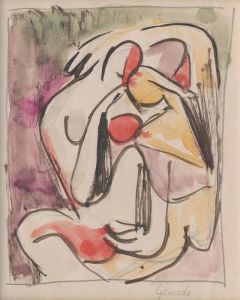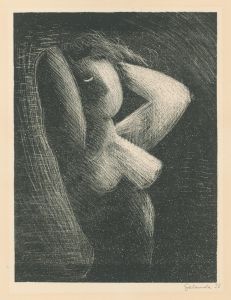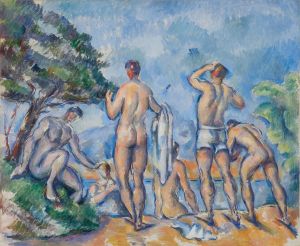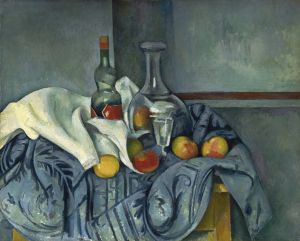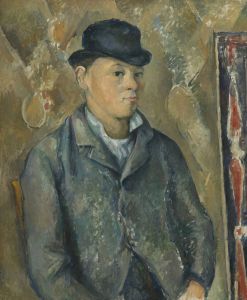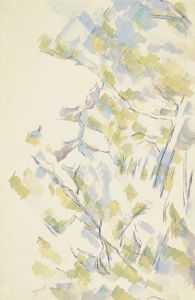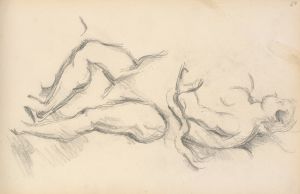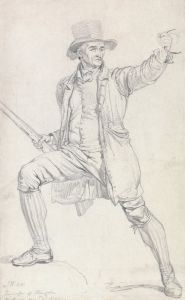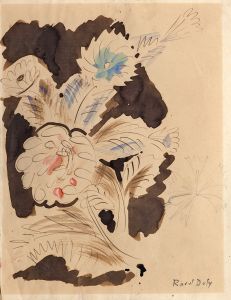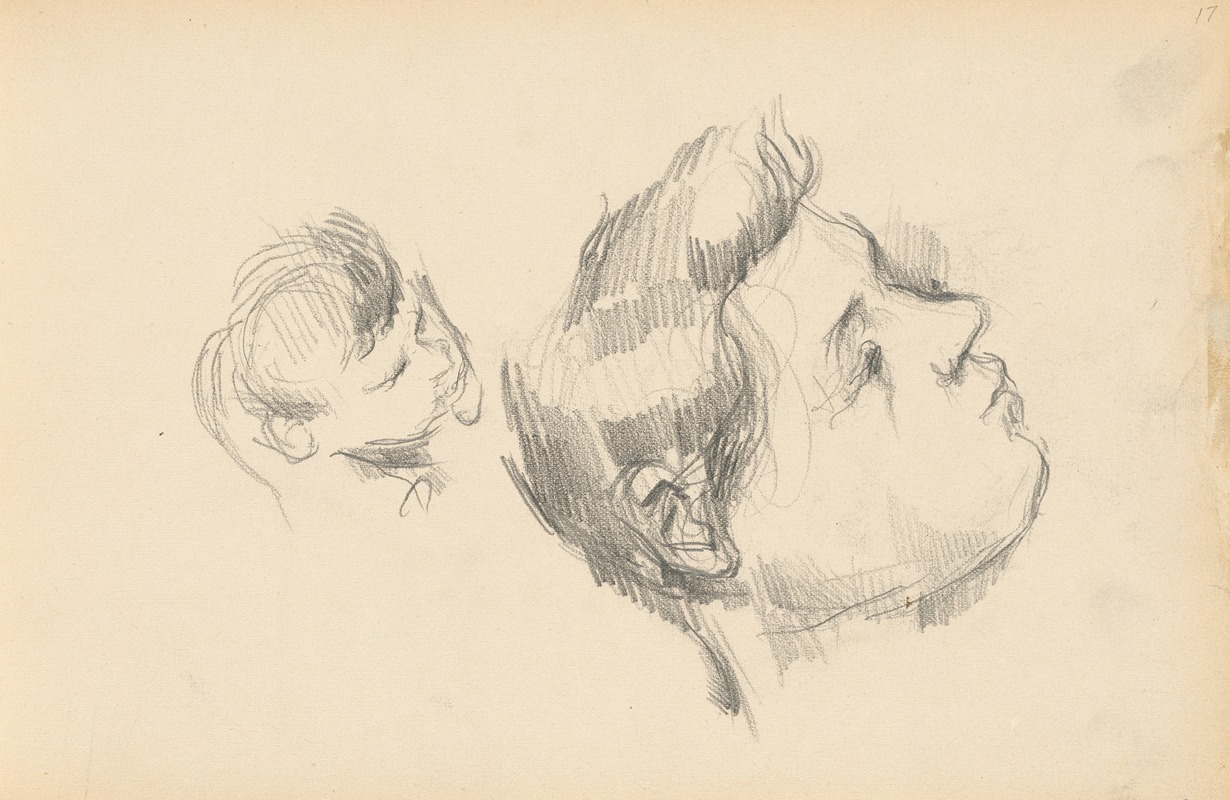
Two Heads
A hand-painted replica of Paul Cézanne’s masterpiece Two Heads, meticulously crafted by professional artists to capture the true essence of the original. Each piece is created with museum-quality canvas and rare mineral pigments, carefully painted by experienced artists with delicate brushstrokes and rich, layered colors to perfectly recreate the texture of the original artwork. Unlike machine-printed reproductions, this hand-painted version brings the painting to life, infused with the artist’s emotions and skill in every stroke. Whether for personal collection or home decoration, it instantly elevates the artistic atmosphere of any space.
Paul Cézanne's "Two Heads" is a lesser-known work by the influential French Post-Impressionist painter, whose innovative approach to form and color significantly impacted the development of modern art. While Cézanne is primarily celebrated for his landscapes, still lifes, and portraits, "Two Heads" offers insight into his exploration of human figures and his evolving artistic techniques.
Cézanne was born on January 19, 1839, in Aix-en-Provence, France. He initially pursued a career in law, following his father's wishes, but eventually dedicated himself to painting. Throughout his career, Cézanne sought to bridge the gap between Impressionism and the emerging modernist movements. His work laid the groundwork for the transition from 19th-century artistic concepts to a radically different world of art in the 20th century.
"Two Heads" is believed to have been created during a period when Cézanne was deeply engaged in studying the human form. This interest is evident in his numerous portraits and figure studies. Although specific details about the creation and history of "Two Heads" are scarce, the painting reflects Cézanne's characteristic style, marked by a focus on geometric simplification and optical phenomena.
Cézanne's approach to painting was methodical and deliberate. He often worked slowly, applying paint in small, repetitive brushstrokes that built up to form complex fields of color and texture. This technique allowed him to explore the underlying structure of his subjects, whether they were landscapes, still lifes, or human figures. In "Two Heads," Cézanne's brushwork and use of color likely demonstrate his interest in capturing the essence of his subjects through a careful balance of form and color.
The painting's composition, featuring two heads, suggests an exploration of human interaction or duality. Cézanne's interest in the psychological depth of his subjects is a recurring theme in his portrait work. He often depicted his sitters with a sense of introspection and detachment, inviting viewers to engage with the emotional and intellectual dimensions of the figures.
Cézanne's influence on subsequent generations of artists cannot be overstated. His work inspired the likes of Pablo Picasso and Georges Braque, who developed Cubism, as well as Henri Matisse and the Fauvist movement. Cézanne's emphasis on the structural aspects of painting and his innovative use of color and form were pivotal in the evolution of modern art.
While "Two Heads" may not be as widely recognized as some of Cézanne's other masterpieces, it remains an important piece within his oeuvre. It exemplifies his dedication to exploring the complexities of human perception and representation. As with many of Cézanne's works, "Two Heads" invites viewers to reconsider the relationship between the artist, the subject, and the observer, challenging traditional notions of representation and interpretation.
In summary, "Two Heads" by Paul Cézanne is a testament to the artist's profound impact on the trajectory of modern art. Through his innovative techniques and exploration of form, Cézanne paved the way for future artistic movements, leaving an indelible mark on the history of art.





